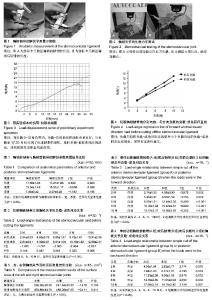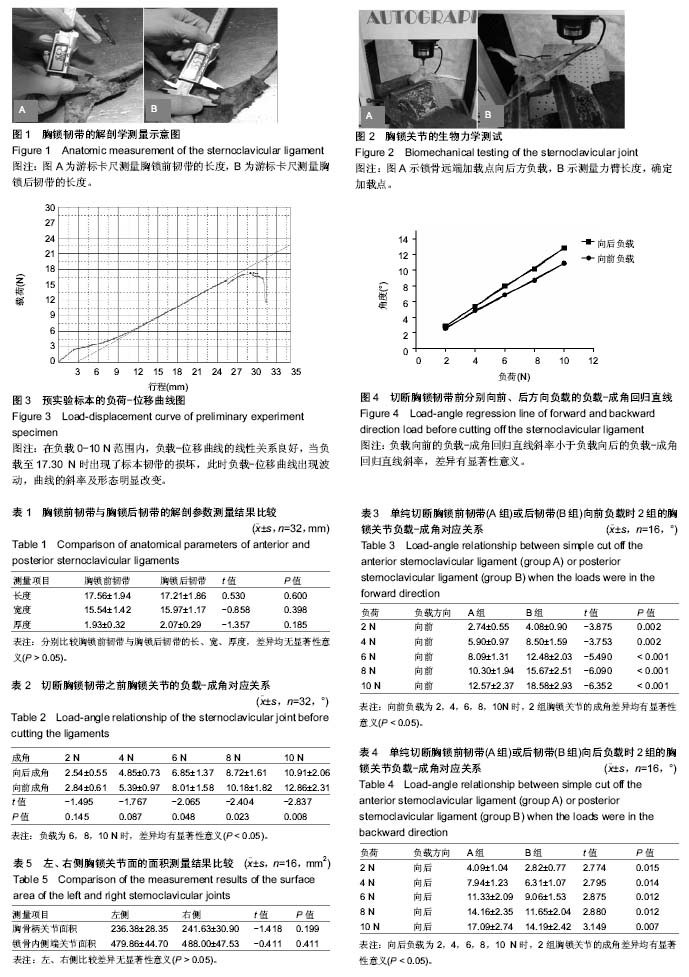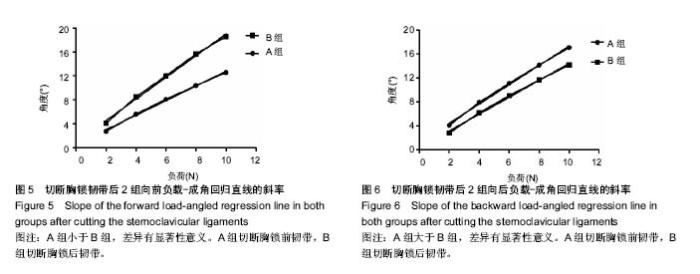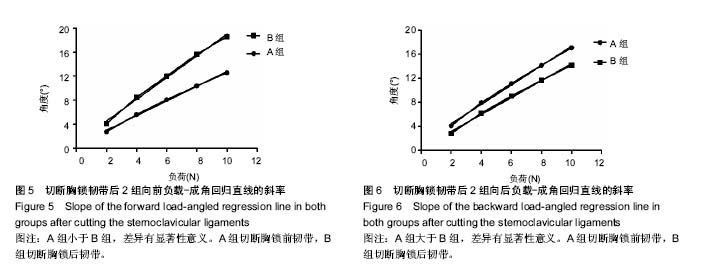| [1] Zhang C, Lin L, Liang J, et al. Efficacy analysis of a novel sternoclavicular hook plate for treatment of unstable sternoclavicular joint dislocation or fracture. J Orthop Surg (Hong Kong). 2017;25(1): 1-7.[2] Battaglia TC, Pannunzio ME, Chhabra AB, et al. Interposition arthroplasty with bone-tendon allograft: a technique for treatment of the unstable sternoclavicular joint. J Orthop Trauma. 2005;19(2): 124-129.[3] 董加纯,支中正,颜冰珊,等.钢缆内固定锁骨近段和胸骨髓腔修复胸锁关节脱位:解剖与临床[J].中国组织工程研究,2014,18(4):583-588. [4] 王博,张奇,陈伟,等.胸锁关节的CT研究[J].中华创伤骨科杂志, 2011, 13(4):319-323.[5] 杨琨,阳运康.胸锁关节脱位治疗的研究进展[J].中国修复重建外科杂志, 2016,30(1):115-118.[6] Katthagen JC, Marchetti DC, Dahl KD, et al. Biomechanical comparison of surgical techniques for resection arthroplasty of the sternoclavicular joint. Am J Sports Med. 2016;44(7): 1832-1836.[7] Bearn JG. Direct observations on the function of the capsule of the sternoclavicular joint in clavicular support. J Anat. 1967;101(Pt 1): 159-170.[8] Van Tongel A, Van Hoof T, Pouliart N, et al. Arthroscopy of the sternoclavicular joint: an anatomic evaluation of structures at risk. Surg Radiol Anat.2014;36(4): 375-381.[9] Van Tongel A, Macdonald P, Leiter J, et al. A cadaveric study of the structural anatomy of the sternoclavicular joint. Clinical anatomy (New York, NY). 2012;25(7): 903-910.[10] Miller MD RD. Sternoclavicular disorders //IN: FU FH T J, IMHOFF AB, EDITORS. Atlas of shoulder surgery. Stanford (CT); Appleton and Lange.1998:451-461. [11] Yeh GL, Williams GR, JR. Conservative management of sternoclavicular injuries. Orthop Clin North Am. 2000;31(2): 189-203.[12] Spencer EE, JR, Kuhn JE. Biomechanical analysis of reconstructions for sternoclavicular joint instability. J Bone Joint Surg Am. 2004;86-a(1): 98-105.[13] Labronici PJ, Souza FC, Pires RE, et al. Posterior dislocation of the sternoclavicular joint: report of two cases. Rev Bras Ortop. 2016;51(5): 601-605.[14] Wirth MA, Rockwood CA JR. Acute and chronic traumatic injuries of the sternoclavicular joint. J Am Acad Orthop Surg. 1996;4(5): 268-278.[15] Morell DJ, Thyagarjan DS. Sternoclavicular joint dislocation and its management: A review of the literature. World J Orthop. 2016;7(4): 244-250.[16] Emura K, Arakawa T, Terashima T, et al. Macroscopic and histological observations on the human sternoclavicular joint disc. Anat Sci Int. 2009;84(3): 182-188.[17] Barbaix E, Lapierre M, Van Roy P, et al. The sternoclavicular joint: variants of the discus articularis. Clinical biomechanics (Bristol, Avon). 2000;15 (1):3-7.[18] 张伟,牛美兰.23例胸锁关节脱位患者的局部解剖及改良式张力带法胸锁关节固定术治疗观察[J].山东医药,2011,51(18):104-105.[19] 霍东升,史二栓,方刚.国人膝关节面的应用解剖学观测[J].局解手术学杂志, 2011,20(6):616-617.[20] Lee JT, Campbell KJ, Michalski MP, et al. Surgical anatomy of the sternoclavicular joint: a qualitative and quantitative anatomical study. J Bone Jint Surg Am. 2014;96(19): e166.[21] Campbell KJ, Michalski MP, Wilson KJ, et al. The ligament anatomy of the deltoid complex of the ankle: a qualitative and quantitative anatomical study. J Bone Jint Surg Am. 2014;96(8): e62.[22] Tubbs RS, Shah NA, Sullivan BP, et al. The costoclavicular ligament revisited: a functional and anatomical study. Rom J Morphol Embryol. 2009;50(3):475-479. [23] Spencer EE, Kuhn JE, Huston LJ, et al. Ligamentous restraints to anterior and posterior translation of the sternoclavicular joint. J Shoulder Elbow Surg. 2002;11(1): 43-47.[24] Acus RW, Bell RH, Fisher DL. Proximal clavicle excision: an analysis of results. J Shoulder Elbow Surg. 1995;4(3): 182-187.[25] Adamcik S, Ahler M, Gioutsos K, et al. Repair of sternoclavicular joint dislocations with FiberWire(R). Arch Orthop Trauma Surg. 2017;137(3): 341-345.[26] Thomas DP, Williams PR, Hoddinott HC. A 'safe' surgical technique for stabilisation of the sternoclavicular joint: a cadaveric and clinical study. Ann R Coll Surg Engl. 2000;82(6):432-435. |



